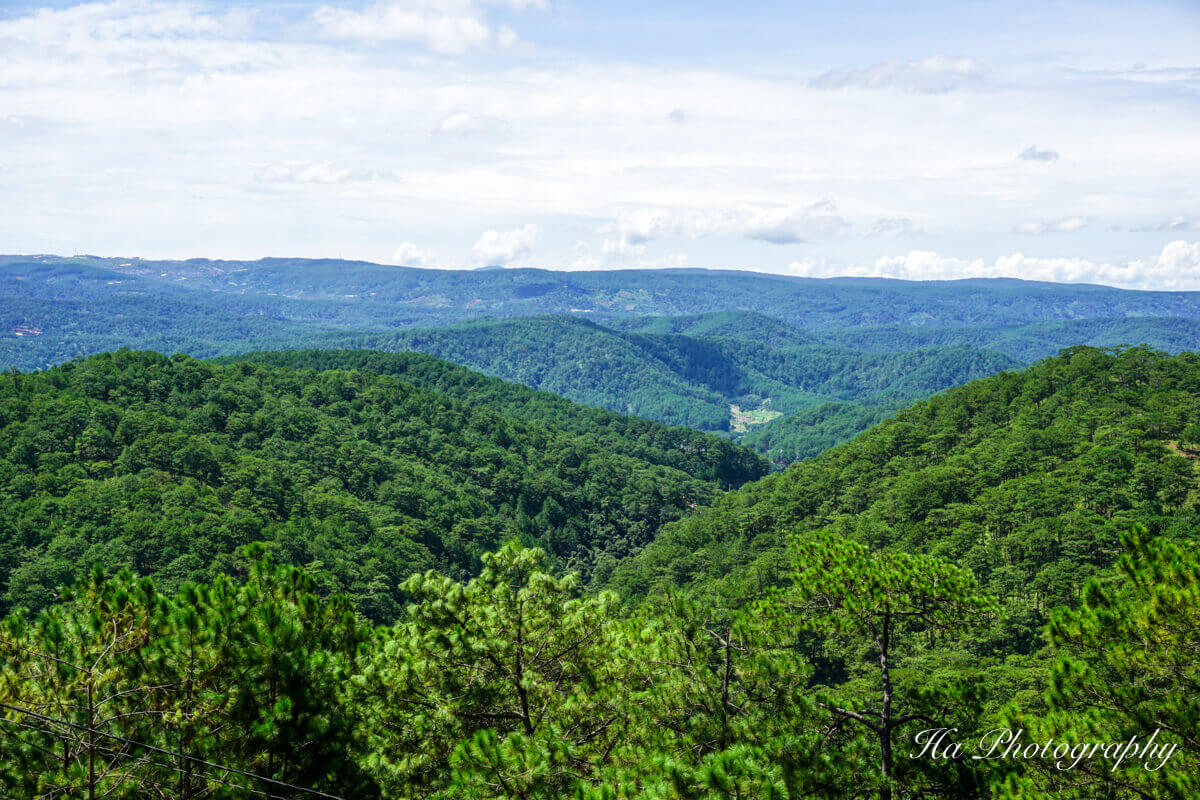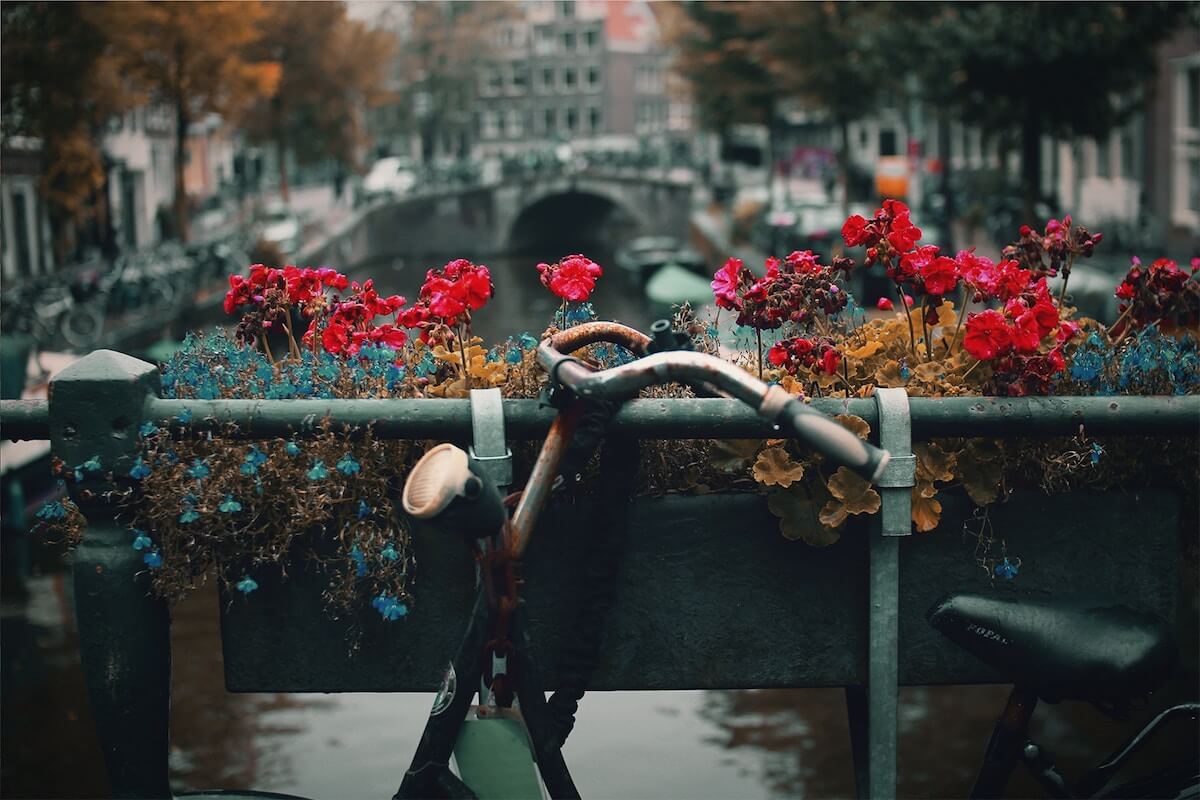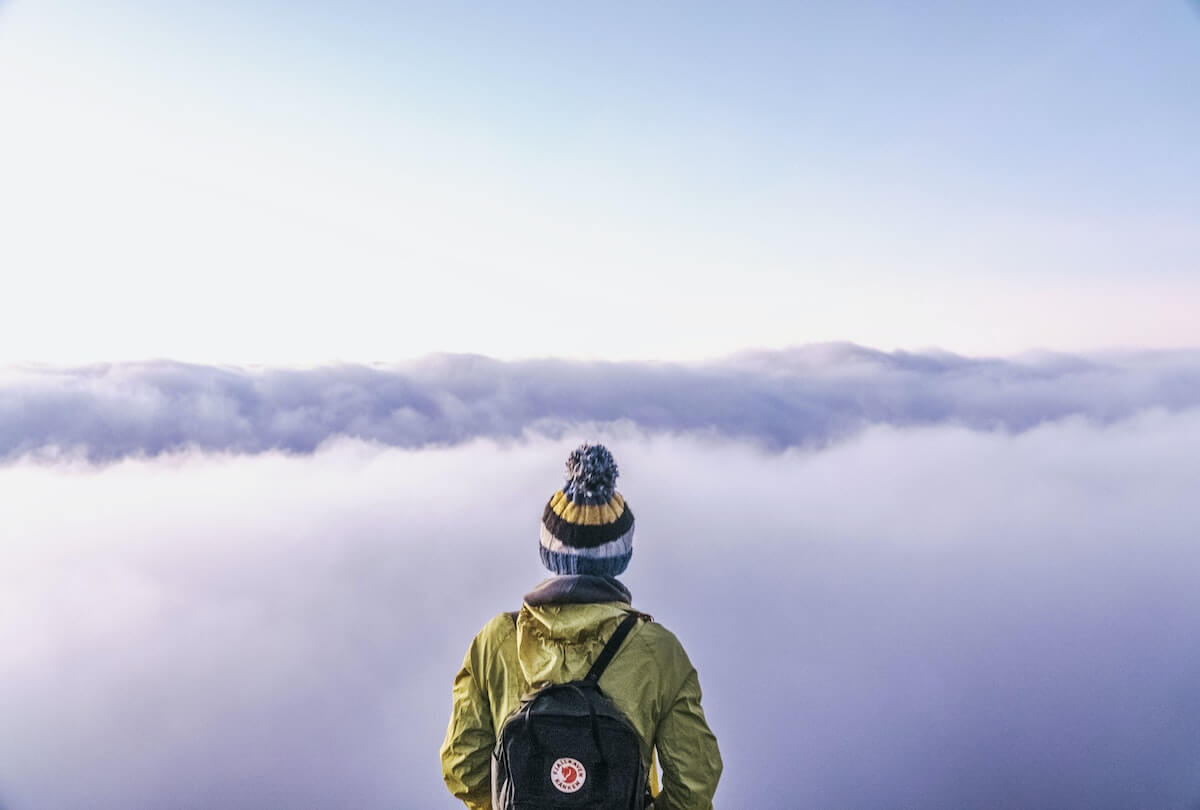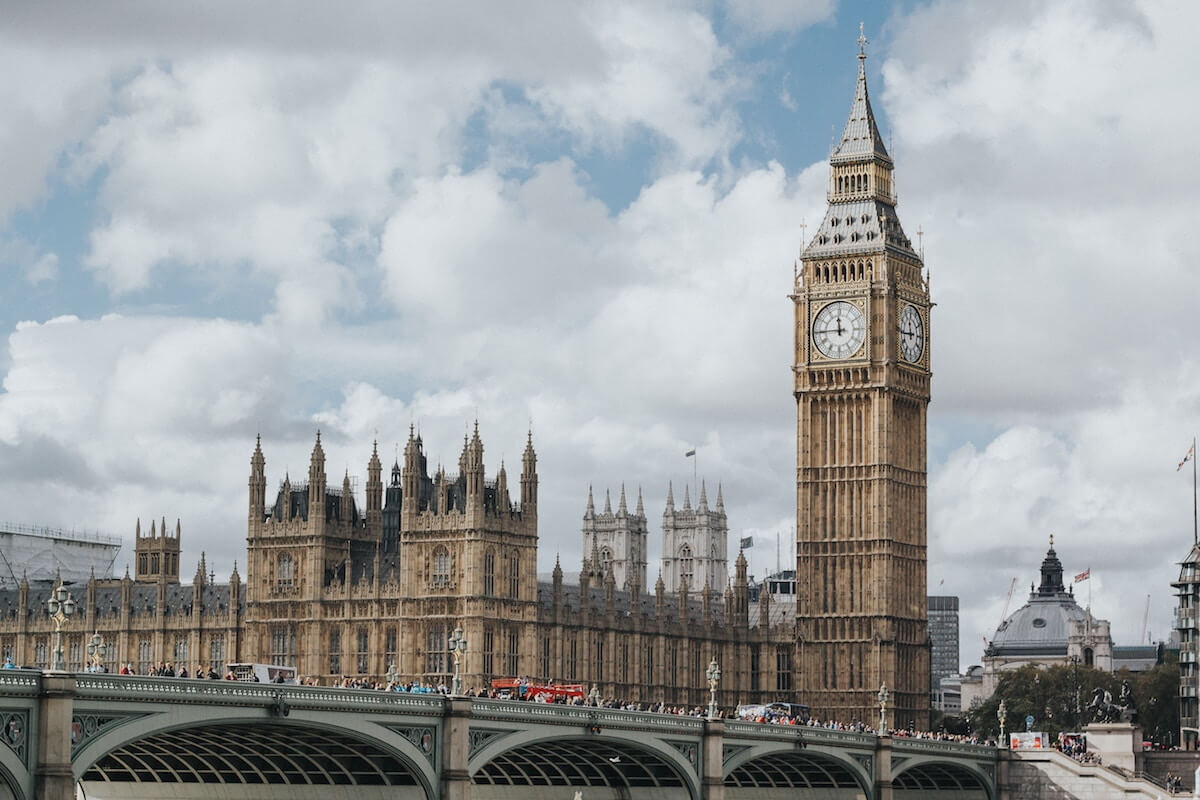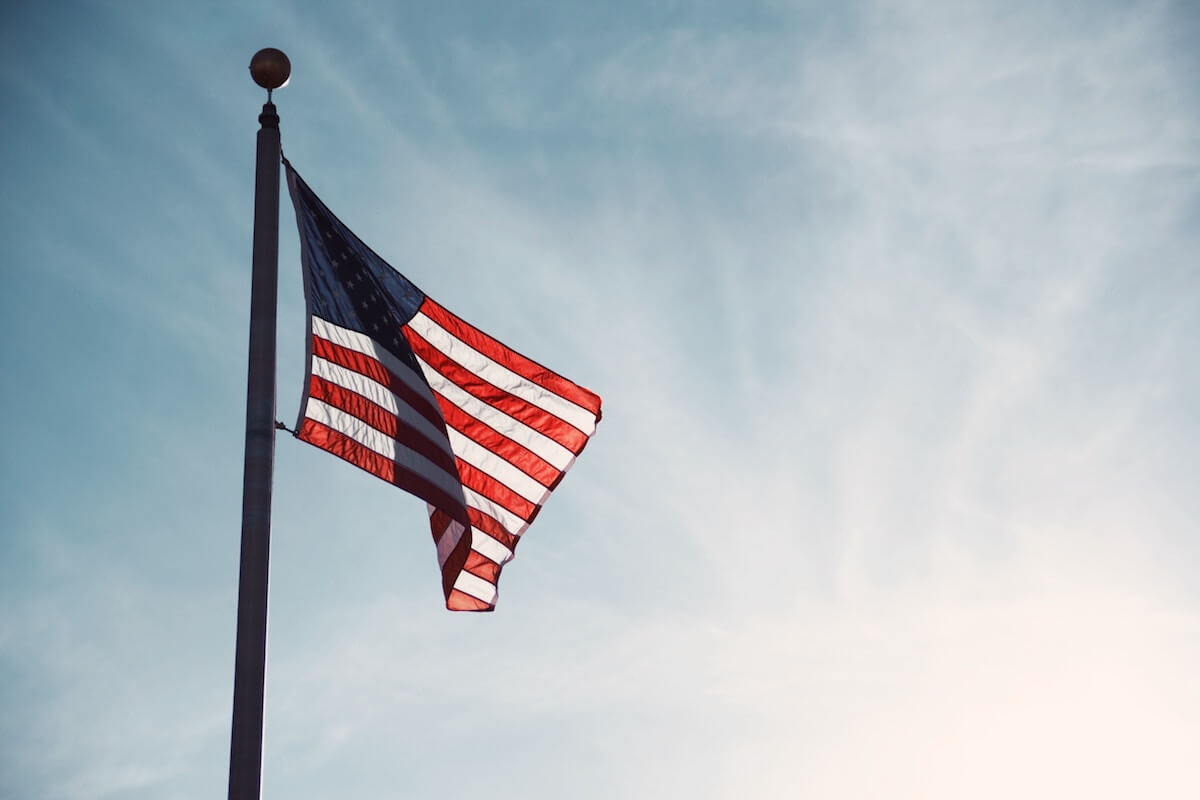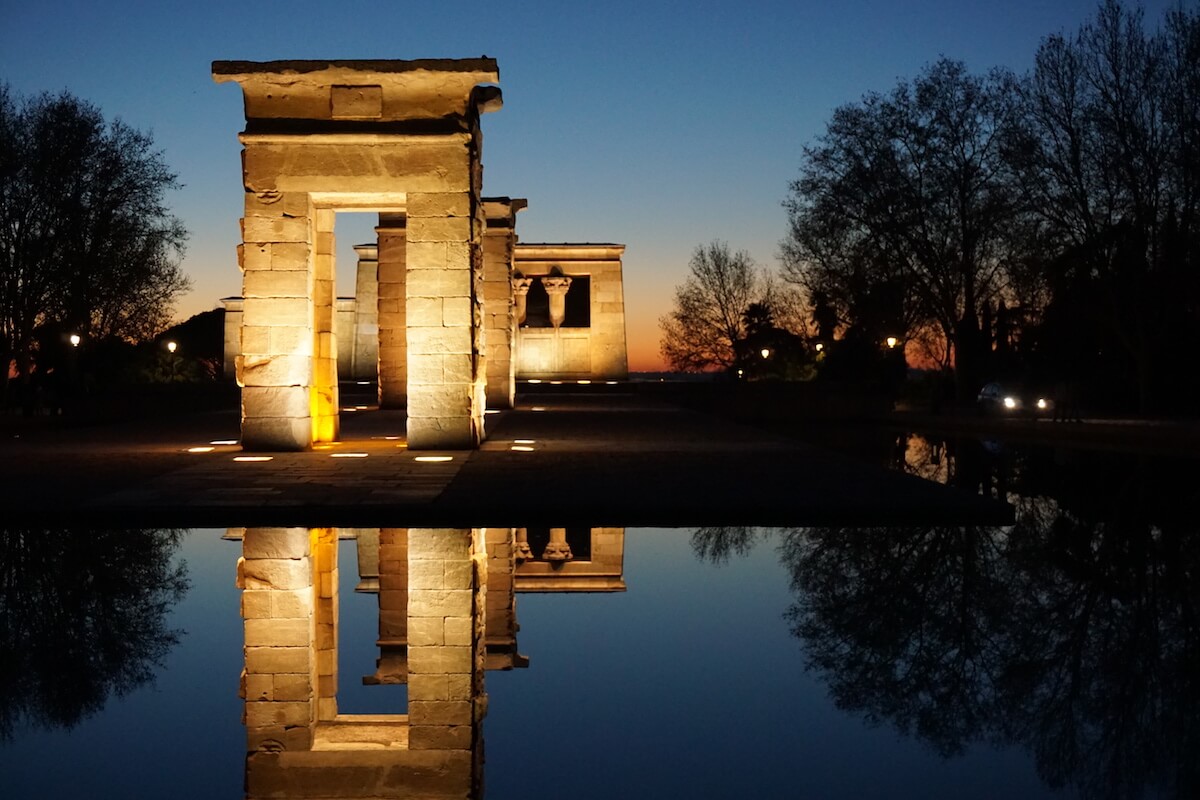Living in Delhi, India: Expat Guide
Are you planning to move to Delhi? What is it like to live in India?
In this Expat Interview, Suzanne shares her experience and practical tips for newcomers.
You’ll learn useful information to prepare for your new life in Delhi, such as the cost of living in, how to find apartments and jobs, and other practical tips.
What is it like to live in Delhi?
To be honest, living in Delhi is a little bonkers.
But if you’re willing to embrace the crazy, keep an open mind, and enjoy the ride, you’ll have the time of your life.
My tips for first time visitors to Delhi have a lot of information on what to expect and how to manage the city.

Delhi can be a fabulous city to live in. It’s one of the greenest capitals in the world and has plenty of performing arts, restaurants, cafes, and significant historical monuments, including 3 UNESCO World Heritage sites.
Though it’s not what I would consider a classically beautiful city, it does have beautiful areas, and it’s certainly an interesting city to live in.
Tips
- Moving tips: Relocating abroad? Try Sirelo for free quotes from top international movers that fit your budget. Learn more here.
- Money transfer: I use Wise for my international transfers. Quick, secure, and their fees? Way lower than most banks I’ve tried!
- Expat insurance: Life abroad has its surprises; make sure you’re covered with expat insurance.
How to prepare for moving to Delhi?
Get your visa and visas for anyone moving with you.
A visa is required to enter India, and there is currently no visa on arrival.
Visas can take several months to obtain, depending on the type. This government website has a lot of information.
The Indian government is very strict about visa compliance, and it is imperative that foreigners register with the Foreign Regional Registration Office in Delhi as required.
Any non-compliance can result in visa termination or refusal of future visa applications by the Bureau of Immigration.
Get your vaccines well in advance. The WHO recommends a number of vaccines before traveling to India.
Keep in mind some of the recommended vaccines (like Hepatitis A) are given in two doses 6 months apart.
Get medical insurance. Delhi has excellent private medical and dental care at very reasonable costs compared to the USA, Canada, and Europe. However, a stay in a private hospital can still cost $1,000 – 2,000/day, depending on the care required.
Don’t get freaked out by the security. There is a lot of security in Delhi. Shopping malls, the metro system, hotels, monuments, and landmarks all have airport-style security to scan bags and people.
That being said, it is a fairly safe city, and there has not been a major terrorist attack since 2012.
The cost of living in Delhi, India
Please note that Delhi has a huge range in standard and cost of living. I have provided average mid-price point amounts below.
It is possible to live for far less (and many people do) and also to live on much more than the average costs listed below.
Everything is available in Delhi – and those coming in on diplomatic or private sector contracts usually enjoy a very comfortable lifestyle.
| Rental price (one-bedroom flat) | ₹50,000/month |
| Electricity | ₹2,000 – 6,000/month (summer will be more expensive when using AC) |
| Heating | Most apartments do not have central heating – an electric or oil heater will increase electricity costs in winter |
| Gas | Diesel – ₹90.00/ltr CNG – ₹79.00/kg |
| Water | water costs are included in most rental agreements |
| Internet | ₹1,500/month |
| Prepaid cell phone | ₹499/month |
| Groceries | ₹8,000 |
| Transportation | Metro rides are ₹40-60 INR. A 10 km Uber ride within Delhi is about ₹250 |
| Average meal/ person | ₹1,500 |
| 1 beer | ₹300 |
| Gym membership | ₹3,000/month |
| Cooking gas | ₹800/month |
| Total | ₹80,000 |
What salary do you need to live in Delhi?
A salary of ₹120,000 would provide a comfortable, moderate lifestyle, but it is possible to live on less.
Where to live in Delhi? – The best areas to stay
South Delhi
South Delhi is the best area to stay in. It’s the greenest part of the city, well connected by metro and close to many attractions, with plenty of shopping, restaurants, cafes, and bars.
Within South Delhi, the neighborhoods of Hauz Khas, Green Park, Vasant Vihar, Defence Colony, Greater Kailash I, Greater Kailash II, South Extension, Chanakyapuri, Jorbagh, Lodhi Colony, Safdarjung Enclave are all better residential areas.
The most exclusive of these neighborhoods and enclaves within areas noted here are Chanakyapuri, Panchsheel Park, Neeti Bagh, Nizamuddin East, Green Park, Vasant Vihar, Shanti Niketan, Gulmohar Park, and Defence Colony.
Gurugram
Many expats on work contracts end up working and living in Gurugram. Gurugram (formerly Gurgaon) is a suburb southwest of Delhi where many international and IT companies have their offices.
The commute to and from Delhi is famously horrific due to traffic congestion, so many people working in Gurugram choose to reside there.
Within Gurugram, the better residential areas are Golf Course Road, Sohna Road, DLF Phase 1 or 2, Ambience Island, Sushant Lok, and South City I.
How to find apartments in Delhi?
It’s pretty common to use the services of a broker to locate a rental in Delhi.
Brokers will show you the property and negotiate with the landlord on your behalf.
Most brokers will request 1 month’s rent from the tenant as a fee which can sometimes be negotiated down to 2 weeks. Landlords also pay a fee to the broker. Friends, colleagues, and expat FB groups are good ways to get the names of brokers.
There are two main real estate websites in Delhi: Magicbricks and 99Acres. To avoid paying a broker fee, many people search for a place themselves using these sites.
Weather in Delhi
The weather in Delhi is not great, so don’t move here for that reason.
Either it’s stinking hot (temperatures can reach 45C in May and June) or super polluted and cold.
There are a few nice months between the terrible ones: October, November, and February, and the first 2 weeks of March are pleasant.
Winters don’t get as cold as in North America or Europe, but central heating is almost non-existent, and apartments get chilly.
Many people use oil-filled room heaters, which work well to heat up small areas. Mid-December to the end of January are the coldest weeks.
This website has good information on the seasons and suggested clothing.
What are the good things about living in Delhi?
First and foremost, it’s never boring. You could go out every single day of the year and still not see everything.
It’s the nation’s capital, so there’s always a cultural event or fair happening somewhere.
The restaurants, bars, and cafes are beautiful.
There are numerous museums, excellent shopping malls, eclectic markets, historic gardens, landmarks, and unique neighborhoods.
Something will always surprise you. Besides all the things to do, it’s a city where you will be surprised every time you walk out your door.
Sometimes you see the craziest things: a cow meandering past shops and poking his head into a shop for food (and being fed), a family of 5 roaring past on one motorcycle, a barefoot man climbing way up a tree on your street to cut leaves for puja.

English is widely spoken. There are many different regional languages and dialects across India. For that reason, English is the usual language of business and is widely used all over India.
Delhi is akin to a living history lesson. It’s the site of seven historic cities, and each one has left its mark.
It’s a treasure map of historical forts, palaces, gardens, architectural gates, mausoleums, and mosques that dot the city, particularly in south Delhi.
Many are unprotected and have been almost swallowed up by new construction – you will come across them in the most unexpected places.
For anyone with a bit of an exploratory and curious nature, Delhi will be a never-ending source of amazement.
What are the bad things about living in Delhi?
As much as I love living in Delhi, there are some things that really suck.
The traffic
Traffic is really bad in Delhi. Recently I drove 25 km across the city, and I literally could have flown to Mumbai in less time.
Avoid being on the roads during the rush hours of 8:30 am to 10:30 am and 4:30 pm to 7:30 pm, Monday to Friday.
Saturday can also be bad, as many people work a 6-day week.
The metro is the fastest way to move around the city at these times.
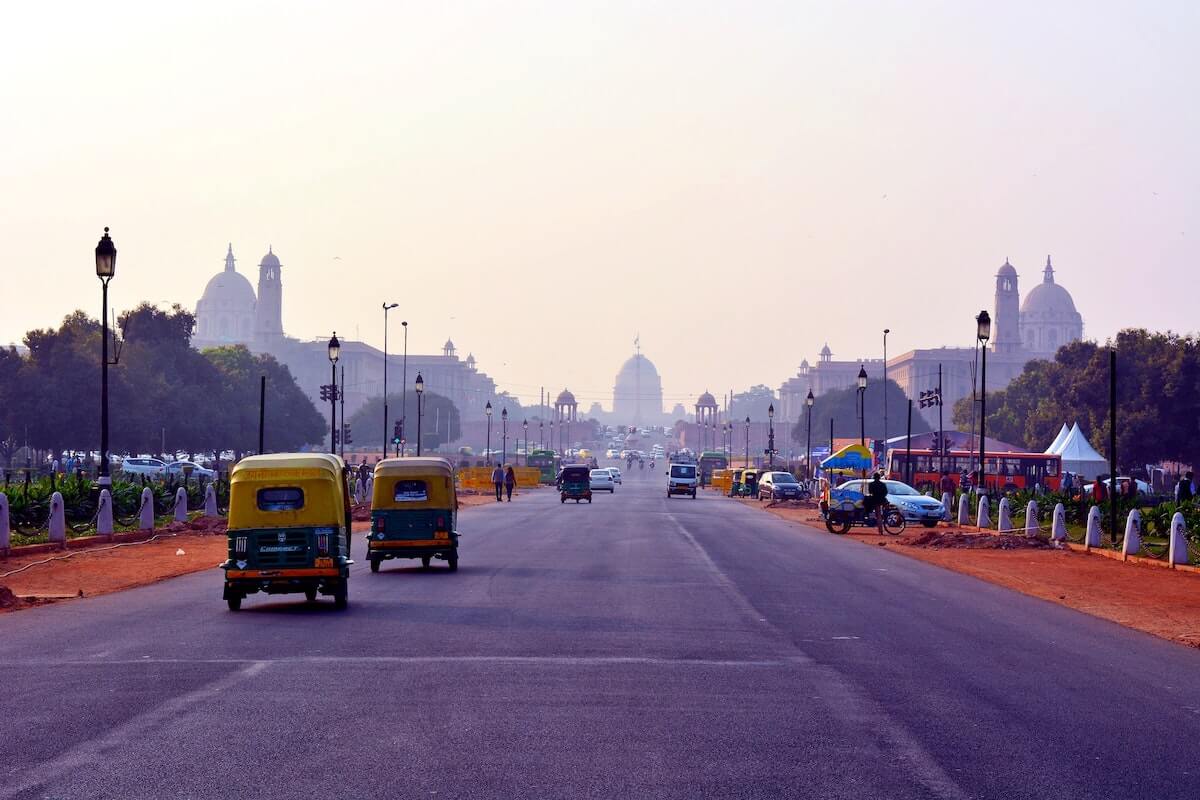
The pollution
Pollution is very bad in Delhi.
Once the farmers start burning their fields in the state of Punjab after Diwali, the air quality tanks.
Field burning is not the only factor, but it’s a major contributor. It’s a good idea to use an air purifier at home and work from late October to the beginning of January.
There’s also a lot of garbage on the streets, which is indicative of India in general.
And there’s a fair bit of public urination. Be prepared to unexpectedly happen upon men peeing on walls and fences frequently.
Public toilets are everywhere, but not always as convenient, I suppose.
It’s loud
Delhi is not a quiet city, and it can take a while to get used to the incessant noise.
A lot of this is vehicle honking. Drivers do not use signal lights to indicate intent when driving; they honk.
Music is played loud and late if there is a festival or wedding, construction starts very early in the morning, and there’s a lot of air traffic.
The bureaucracy
The bureaucracy is mind-numbingly slow. It can take ages to open a bank account, get an electric or gas hook up or register a vehicle.
Patience is key, and do not expect things to be done in the same time frame as your country of origin.
What are the best things to do in Delhi?
The shopping is fabulous in Delhi, particularly for textiles and handicrafts, though many excellent malls and upscale markets carry international and Indian brands.
The best markets for textiles and handicrafts are Dilli Haat INA and Dastkar Nature Bazaar.
Eat street food. The street food scene is incredible. Use some precautions to avoid Delhi belly (don’t eat street food in summer, avoid anything with unfiltered water, go to busy places with high turnover, wash hands first, etc.), but don’t be afraid to try it.
The best markest for street food are Chandni Chowk/Chawri Bazaar in Old Delhi, Central Market Lajpat Nagar, Amar Colony Market, and Brahmaputra Market in Noida.

Explore the historic sites, including off-the-beaten-path ones, which are numerous. Delhi is the site of seven historic cities and three UNESCO World Heritage sites – history is practically around every corner.

Explore Delhi’s spirituality. There are thousands of religious structures in the city.
Everyone is welcome inside Sikh, Jain, and Hindu temples, mosques, and churches. Be respectful and follow the custom (remove shoes, cover your head, dress conservatively, etc.).
Some of the must-see spiritual places of worship are Bahai Lotus Temple, ISKCON Temple Delhi, Akshardham Temple, Gurudwara Bangla Sahib, Jama Masjid, and Sankat Mochan Hanuman Mandir in Karol Bagh.
Did you experience any difficulties when you first moved to Delhi?
The foreigner price
For many things in Delhi, there is a regular price and a foreigner’s price.
Most groceries and many shop items have the price printed on the packaging, but a lot of services and items in street markets do not.
Many vendors inflate the price for foreigners, so it’s important to know what the going rate is.
Apartments related issues
Insist on seeing utility bills when leasing an apartment.
Depending on your visa type, you may not be able to get utilities in your name.
Because of this, it’s common for landlords to pay utility bills on behalf of their foreign tenants, but there are many stories of tenants overpaying.
The same goes for repairs in the apartment (tenants are routinely responsible for wear and tear repairs when renting).
Confirm the landlord is not also paying for the repair. Tradespeople have been known to double-bill the landlord and the tenant.
Where to meet new people in Delhi?
Delhi has a large expat and diplomatic community. Internations and Delhi Network are two of the largest and most active expat groups.
Many embassies and consulates host events for diplomats and their nationals; contact your embassy or consulate and get yourself on the email list.
FB also has several groups for foreigners living in Delhi.
Where are your favorite cafes in Delhi?
I’m not much of a cafe person, but Blue Tokai and Third Wave (both have multiple locations) offer consistently good coffee.
My all-time favorite is Devan’s in Lodhi Colony – there’s nothing pretentious about it, and they are very serious about coffee.
All of these places sell coffee beans from south India, and Devan’s has beans from all over the world as well.
Where are your favorite restaurants and bars in Delhi?
I love Leo’s Pizzeria in Vasant Vihar and SodaBottleOpenerWala (multiple locations) for Parsi food.
But my all-time favorite is the Andrha Pradesh Bhavan on Ashoka Road. This is a super casual place, very popular with locals. They have an excellent bottomless veg thali tray for the equivalent of less than US $4.00.
There are some truly beautiful bars in Delhi. The nightlife here is thriving, and it goes on until the early morning hours.
My favorite Delhi bars are Miso Sexy and Chica. Just be aware that most liquor is imported, and prices are high.
Tips for finding a job in Delhi
Many foreigners get on expat WhatsApp and FB groups and ask around.
Make sure you are on a work visa – India is very strict about foreigners earning money in India and the payment of taxes.
Living with kids in Delhi
Delhi has a lot of international schools and many things for children to do.
But it’s not what I would call a child-friendly city in terms of mobility or safety.
It’s not practical to use a stroller here. For example, the sidewalks are non-existent in many places or full of potholes in others.
Playgrounds, public landmarks, and monuments do not have the same safety measures (hand or safety rails, for example) that you would see in North America or Europe.
However, Indians, in general, are very family oriented and caring toward children.

Transportation in Delhi
Delhi Metro
The most efficient way to move around the city is by metro.
Delhi has an excellent system that has won international awards – it is one of the very best metro systems I have ever used.
It’s extensive, clean, safe, inexpensive, and air-conditioned. The first car in the moving direction of the train is reserved for ladies.
Public Buses
Delhi does have an extensive bus system, but I have never used it.
To be honest, I avoid taking buses within Delhi. Buses can be very crowded, and the passengers are mostly men.
But the main reason I don’t use the buses is that between the metro and auto rickshaws, there’s no need.
Uber and Ola
Avoid flagging a taxi. Always use an app-based taxi service like Uber or Ola (the Indian version of Uber).
Unfortunately, Delhi is not the safest city in the world, particularly for women; it’s better to use a taxi that can be tracked. Both have cash or credit payment options.
Auto Rickshaws
Auto rickshaws (or tuk-tuks) are very popular in Delhi.
They are great for short distances in the city and are generally waiting outside every metro station, market and attraction.
Generally, a short ride of less than 2 km will cost ₹40-60, and longer rides of around 5 km will cost about ₹100.
Prices can go up at night, in the rain, and if there are more than two passengers.
Rickshaw drivers (and just about everyone else in Delhi) tend to try and overcharge foreigners. It’s best to agree on the price before you hop get in.

Emergency Numbers in India
- National Emergency Number: 112
- Police: 100
- Fire: 101
- Ambulance: 102
- Women’s Helpline: 181
Many people choose to drive themselves to the hospital instead of calling an ambulance.
Traffic can be very bad in Delhi, and most of the time, it’s faster to use your own transportation than wait for an ambulance.
Hospital and Healthcare in Delhi, India
Best Expat Hospital
Delhi has excellent private health care. The facilities and level of care are superior to what I have ever experienced in Canada.
Dental and medical care, pathology labs, diagnostic imaging, and optical care are all world-class, and you should not hesitate to seek these out in Delhi.
These are the best private hospitals:
- Max Super Specialty, Saket (most of my friends go here)
- Fortis Flt. Lt. Rajan Dhall Hospital, Vasant Kunj
- Primus Super Specialty Hospital, Chanakyapuri
If you have children, Madhukar Rainbow Children’s Hospital in Malviya Nagar is a very well-respected pediatric hospital.
Best Expat Dental Care
These two clinics are well known in the diplomatic and expat circles and have many foreign clients:
- Dr. Poonam Batra, Safdarjung Enclave (this is where I go)
- Sterling Dental Clinic, Vasant Vihar

Best Pathology Labs
Both of these labs will come to your home or work and are very professional. Results are usually emailed within 24 hours.
They also have locations across Delhi you can visit if you prefer. I have used both, and they are excellent.
- Dr. Lal Path Lab
- Dr. Dangs Lab
Best Pharmacies in Delhi
Most pharmacies will deliver for a nominal fee.
If you do not have a prescription, make sure you use the generic term, not the brand term (for example, ibuprofen instead of Advil).
Excellent pharmacies in Delhi are:
- Delhi Medicos, Green Park
- RX Pharmacy, Jhandewalan Extension
- Appolo Pharmacy, Connaught Place
Best Phone and Internet providers in Delhi, India
Vi (formerly Vodafone), Airtel, and Jio are the top phone and internet providers. All three have stores across Delhi.
Be prepared to provide your passport, proof of residence (copy of lease), and a passport photo.
Cell phone service should be activated while you are in the store, but home internet can take a week to set up.
Shopping in Dehli
Supermarkets
Many people I know shop at Modern Bazaar (different locations across Delhi) and Krishna Super Marche.
Online grocery shopping is very easy here through the apps Big Basket and Blinkit (Blinkit specializes in fast 30-minute delivery).
Personally, I rarely go to a grocery store. I order all my groceries (including dairy) through the Big Basket app and buy fresh produce at my local market. For last-minute items, I use Blinkit.
The best malls and markets in Delhi
There are a lot of fabulous malls in Delhi.
Select City Walk (Saket) and Ambience Mall in Vasant Kunj are probably the best ones in Delhi.
DLF Mall in Noida (a suburb on the other side of the Yamuna River) is one of the largest malls in India – it even has an indoor skating rink and a huge children’s play area.
INA Market is the best market in Delhi for produce and imported goods. INA will have products that neighborhood markets won’t have, though prices are higher here.
There are also several shops in the INA Market that have a wide selection of imported goods.

Some of Delhi’s other markets:
- Khan Market – a very popular all-around market with many restaurants and cafes.
- Sarojini Nagar – budget shopping.
- Central Market Lajpat Nagar – ethnic clothing.
- Dilli Haat – souvenirs, handicrafts.
- Nehru Place Market – electronics and repairs.
- Khari Baoli – Old Delhi’s famous spice market.
- Ghazipur Mandi – Delhi’s largest wholesale flower market.
What have you learned from living abroad?
That is a tough one. Probably to go with the flow and not get too ruffled when things don’t go according to plan, which in India happens all the time.
Delhi is not going to be everyone’s cup of tea, but the city has so much to offer for anyone who is willing to take the time to get to know it.
About Suzanne

Suzanne is a Canadian living in India since 2018. She lives in Delhi with her dog and is the author of the Delhi travel blog Suzanne Wanders Delhi.
